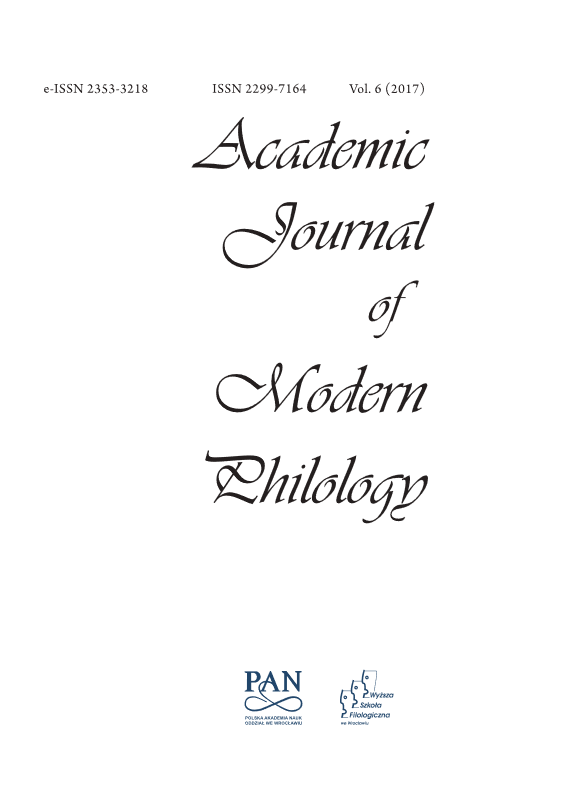English in Korean – Konglish
English in Korean – Konglish
Author(s): Marlena OleksiukSubject(s): Social Sciences, Language studies, Language and Literature Studies, Communication studies
Published by: Komisja Nauk Filologicznych Oddziału Polskiej Akademii Nauk we Wrocławiu
Keywords: Korean language; Konglish; borrowing; contact linguistics; corpus based analysis; loanwords
Summary/Abstract: Korean is spoken by around 75 million individuals in South Korea, North Korea, China, Japan, Uzbekistan, Kazakhstan and Russia. The relationship between Korean and other languages is not precisely known; however, several etymologists believe it to be an individual tongue from the Altaic group of languages. Human mobility and access to global information cause the interaction between one language and another, thus giving the possibility of loanwords in the native language. The Korean language is also the type of language in which many loanwords can be found. In Korean there are numerous loanwords from English. Nowadays the young Korean generation use Konglish, which is an Interlanguage consisting of English and Korean words. Konglish contains Korean lexical items with English loanwords nativized into Korean. English words used in daily conversation, advertising, and entertainment are included and seen as fashionable. However, usage of this type can frequently give rise to misunderstandings due to issues of sentence structure or vocabulary
Journal: Academic Journal of Modern Philology
- Issue Year: 2017
- Issue No: 6
- Page Range: 119-126
- Page Count: 8
- Language: English

